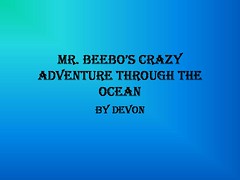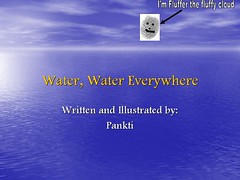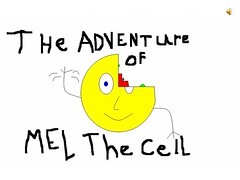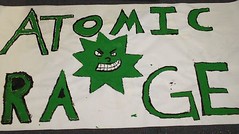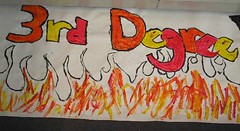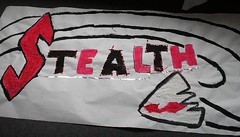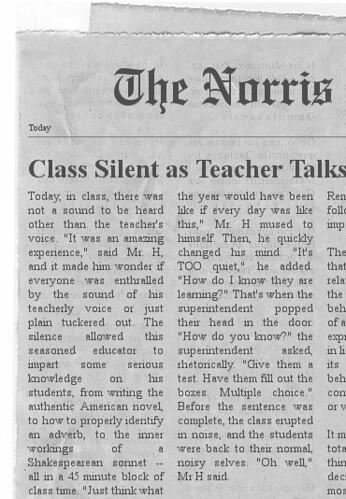My wife and I are trying something new this year — we are working together to offer two week-long Claymation Summer Camps for kids at her vocational high school. This is a new partnership between our Western Massachusetts Writing Project and her high school, and it is exciting. I stole this idea from my good friend, Tonya (she will recognize some of the information on our flier, as it comes from her flier).
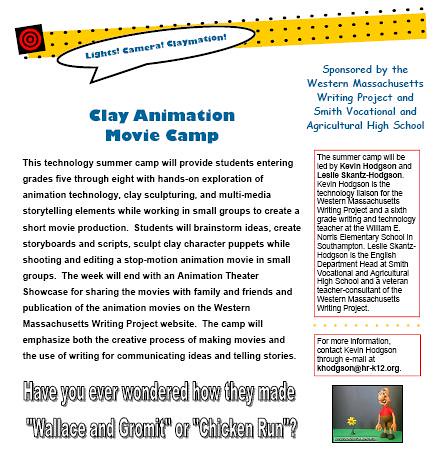
Right now, I am in the midst of a claymation project with my sixth graders (in collaboration with second graders) and we will start filming any day now.
Here is a little movie I made for my Collaborative ABC Movie Project that shows some of the kids making their little clay creations. Some of them are very interesting and remain works in progress (I mean, clay creatures here, but I suppose I could be talking about my students, too).
I am sharing this via TeacherTube, which now allows for embedding into Edublogs, which is very cool and a great alternative to YouTube and Google Vid.
Download:Letter C – Powered by TeacherTube.com
Peace (with squishy parts),
Kevin

